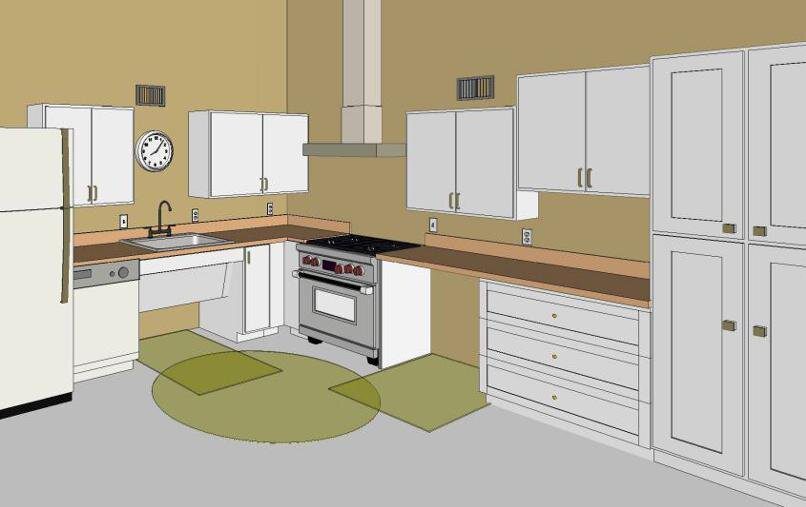ADA is a term that is used on sinks and toilets. The American Dental Association developed the ADA, which stands for Americans with Disabilities Act. This means there are certain requirements to installing an ADA-compliant sink or toilet. In this article, you will be able to find out what those requirements are in order to ensure your next bathroom remodeling or kitchen reno has the proper ADA plumbing fixtures!
ADA Requirements
ADA kitchen sinks come in all shapes and sizes, but the most important requirement is that they have a level surface. All ADA sinks must be mounted at a height of 18 inches or less above the countertop. In addition, all ADA kitchen sinks must have a self-cleaning mechanism and a water supply of at least 1 faucet hole.
What Is An ADA Kitchen Sink
ADA kitchen sinks are designed to meet the accessibility guidelines set forth by the Americans with Disabilities Act. In order to be classified as an ADA sink, it must meet a few requirements. First, the sink must have a minimum 17-inch depth. Second, the basin must slope at a minimum of 1:20. Third, the sink must have a maximum width of 16 inches and a height of 18 inches. Finally, the sink must have a single drain hole that is at least 4 inches in diameter.
How To Install an ADA Kitchen Sink
ADA kitchen sinks are becoming more and more popular, as they comply with the Americans with Disabilities Act. But what are the requirements for installing an ADA kitchen sink? Here’s a guide to help you get started.
If you’re buying an ADA kitchen sink, make sure it has a minimum 1-inch-diameter drain opening. The sink should also have a 1-inch-deep bowl or a minimum 17-inch-long drain pipe.
To install an ADA kitchen sink, first measure the countertop where you want the sink to go. Use a level to make sure the counter is level and the sink will fit properly. Remove any cabinets or countertop obstructions if necessary.
Next, drill a hole in the countertop near the desired location of the sink. This hole should be slightly larger than the diameter of the dish drain pipes that come with most ADA kitchen sinks. Fit one end of the dish drain pipe into this hole and tighten the cap on top of the pipe. Replace any cabinets or countertop obstructions if necessary.
Fit the other end of the dish drain pipe into the hole in your countertop near your new sink. Tighten both ends of the pipe using a wrench
Tips For Installing an ADA Kitchen Sink
When it comes to installing an ADA kitchen sink, there are a few things to keep in mind. First, make sure that the sink is big enough to fit all of your needs. Second, be sure to select a sink that is compatible with your existing countertops. Finally, be sure to read the installation instructions carefully so you don’t end up causing any damage.
Pros And Cons Of Installing An ADA Kitchen Sink
ADA kitchen sinks come in a variety of styles and sizes to fit nearly any kitchen. But before you buy one, you’ll want to know what the requirements are for installing one. Here are five things to keep in mind:
- Your sink must be at least 36 inches wide by 24 inches deep.
- The countertop must be at least 18 inches high by 30 inches wide.
- The sink must have a minimum 1-inch lip on all four sides.
- The sink must have a water supply line that is at least 8 feet long.
- The drain opening must be at least 2 inches larger than the sink drain pipe diameter.

